Last updated on
Discover the key differences between LED and Halogen bulbs. Make an informed choice for your kitchen lighting needs.
The kitchen is the heart of any home, and proper lighting is essential to make it functional and inviting. When it comes to choosing the right bulbs for your kitchen, LED and halogen are two popular options.
While both provide bright illumination, they differ in terms of energy efficiency, lifespan, and cost. In this article, we’ll explore the pros and cons of each type of bulb to help you make an informed decision on which one is best suited for your kitchen lighting needs.
So let’s shed some light on this topic!
Key takeaways:
- LED bulbs are up to 80% more energy efficient than halogen bulbs.
- LED bulbs can last up to 50,000 hours or more, while halogen bulbs typically last for around 2,000 hours.
- LED bulbs offer a wider range of color temperatures and better color rendering capabilities compared to halogens.
- LED bulbs have a lower environmental impact and do not contain hazardous materials like mercury or lead.
- Despite being more expensive upfront, LED bulbs save money in the long run due to their longer lifespan and energy efficiency.
What's Inside
LED Vs. Halogen: Overview
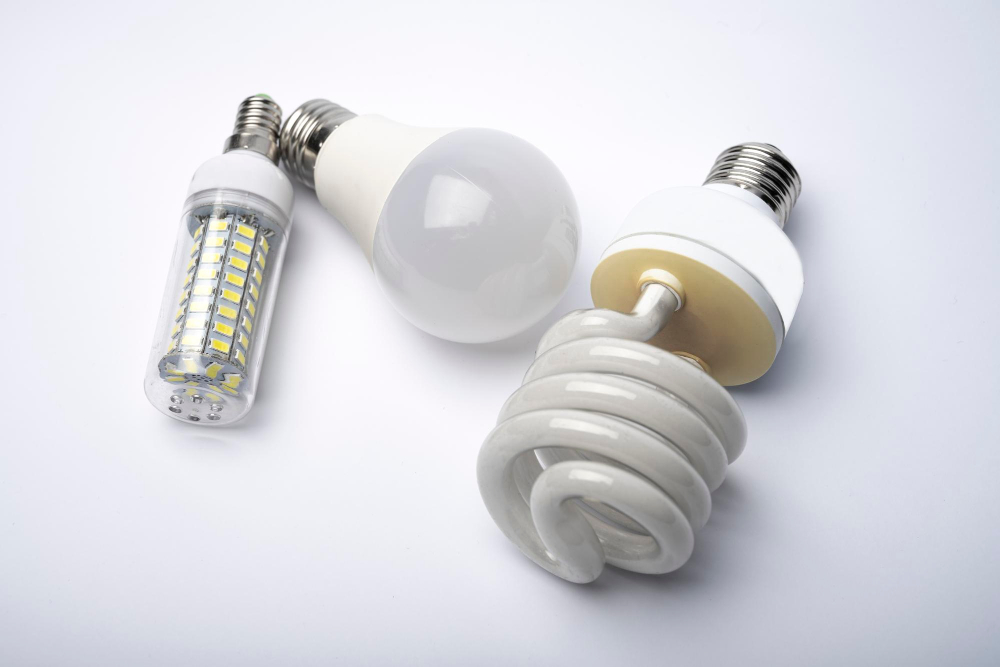
When it comes to choosing between LED and halogen bulbs for your kitchen lighting, there are a few key differences to consider. Halogen bulbs have been around for decades and are known for their bright, warm light that closely resembles natural sunlight.
They work by passing an electric current through a tungsten filament enclosed in a small quartz capsule filled with halogen gas.
On the other hand, LED (Light Emitting Diode) technology is relatively new but has quickly gained popularity due to its energy efficiency and long lifespan. LEDs produce light when electrons move through semiconductor material within the bulb.
While both types of bulbs provide ample illumination, they differ significantly in terms of energy consumption, environmental impact, cost-effectiveness over time as well as heat emission levels.
Energy Efficiency Comparison
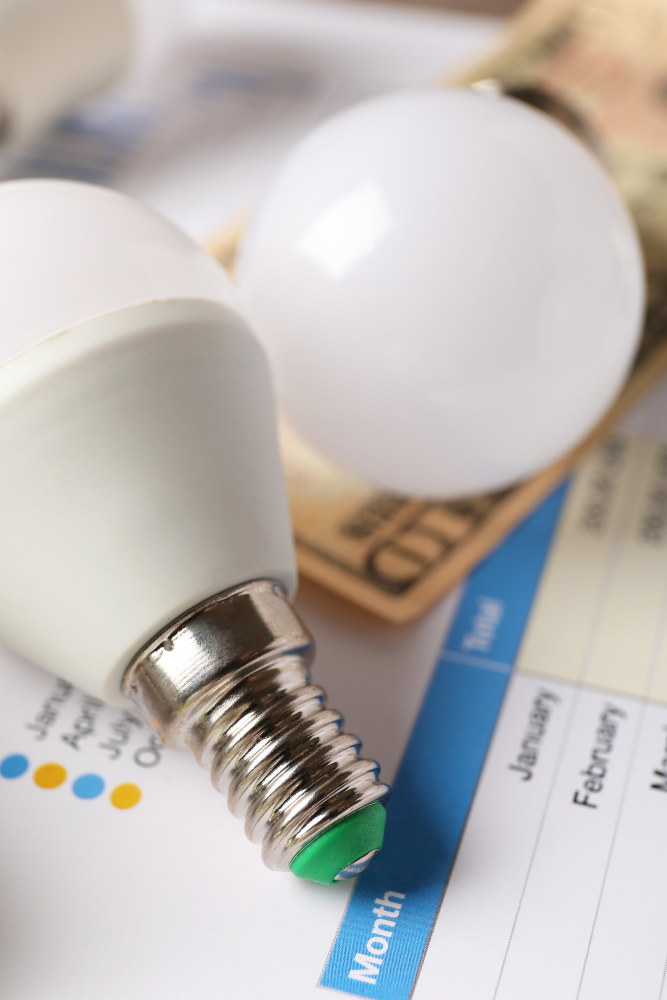
They use up to 80% less energy than halogen bulbs, which means they can significantly reduce your electricity bills over time. LEDs produce very little heat compared to halogens and convert almost all of their energy into light rather than wasting it as heat.
Halogen bulbs are known for being power-hungry and inefficient in comparison with LEDs. They consume a lot of electricity and generate a significant amount of heat while producing light.
This makes them unsuitable for areas where temperature control is essential such as kitchens.
Lifespan of Bulbs
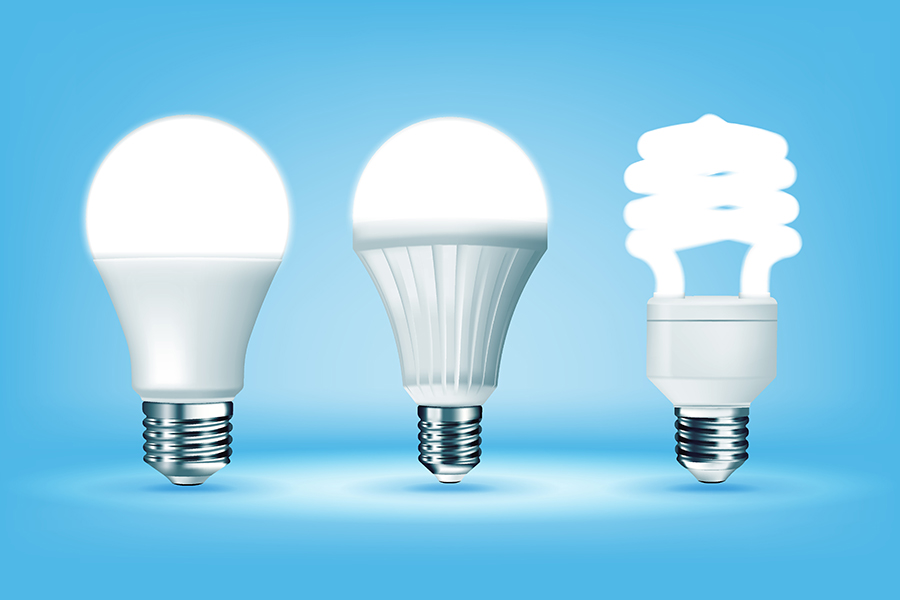
While halogen bulbs typically last for around 2,000 hours, LED bulbs can last up to 50,000 hours or more. This means that you’ll need to replace a halogen bulb much more frequently than an LED bulb.
Not only does this mean less hassle in terms of changing out your kitchen lightbulbs regularly but it also saves you money in the long run as well. With an extended lifespan like that offered by LEDs, you won’t have to worry about replacing them nearly as often which will save on both time and money over time.
Light Quality and Color Temperature
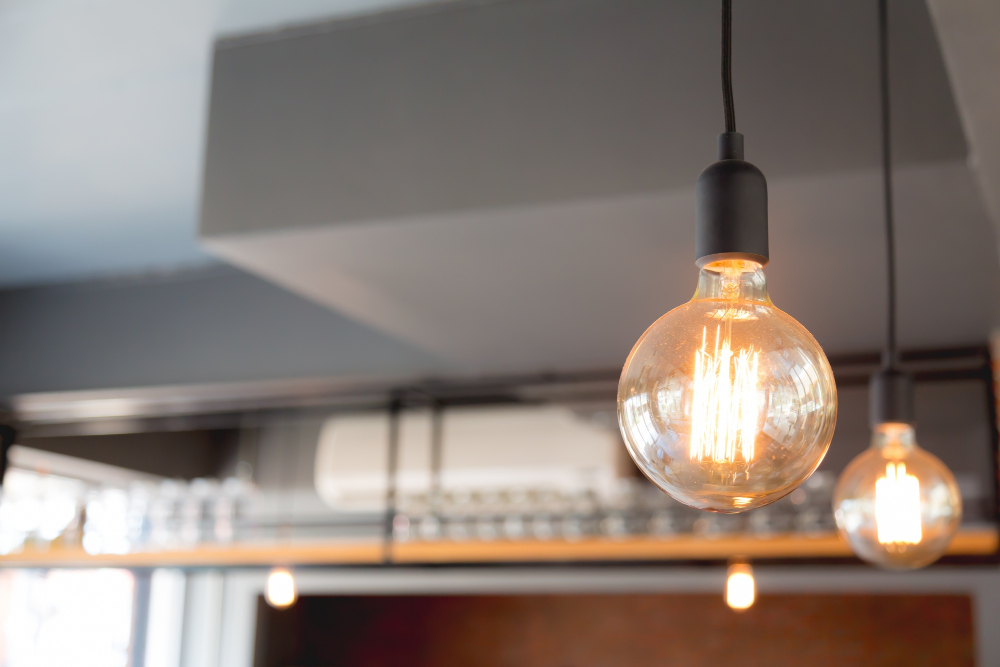
Halogen bulbs emit a warm, yellowish light that is similar to natural sunlight, making them ideal for creating a cozy atmosphere in the kitchen. However, they can also produce glare and shadows due to their directional nature.
On the other hand, LED bulbs offer a wider range of color temperatures from cool white to warm white. They provide more even illumination without producing harsh shadows or glares.
LEDs have better color rendering capabilities than halogens which means they can accurately display colors as they appear in natural light.
Environmental Impact
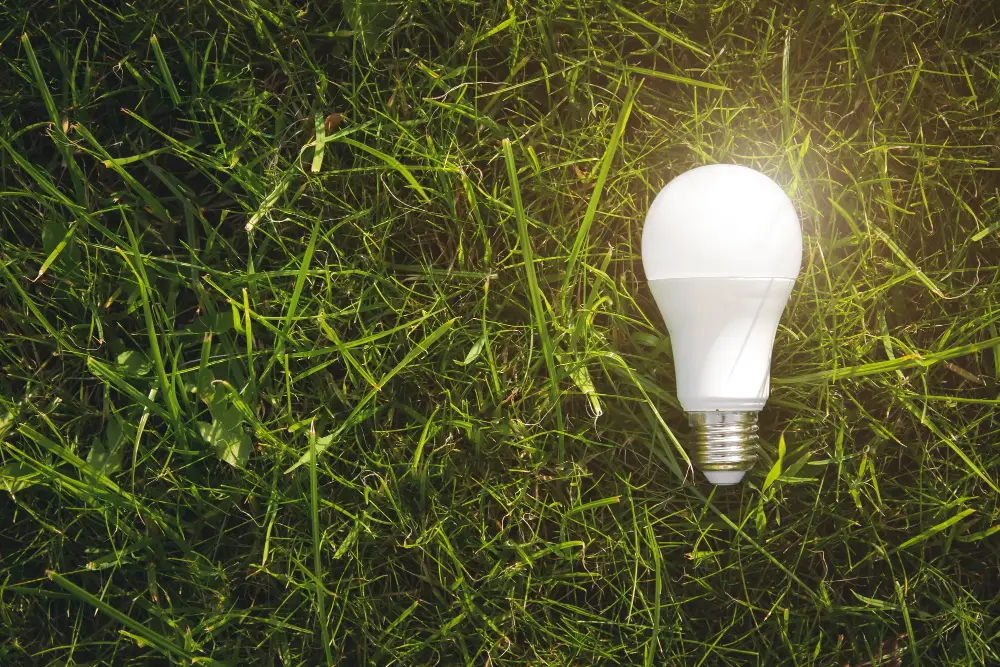
They use significantly less energy than halogen bulbs, which means they produce fewer greenhouse gas emissions during their lifespan. LED bulbs do not contain any hazardous materials such as mercury or lead that can harm the environment when disposed of improperly.
Halogen bulbs, on the other hand, have a higher carbon footprint due to their high energy consumption and shorter lifespan. They also contain small amounts of halogens like iodine and bromine that can be harmful if released into the environment.
Cost Analysis

However, they have a longer lifespan and consume less energy, which means that they can save you money in the long run. On average, an LED bulb lasts up to 25 times longer than a halogen bulb and uses up to 80% less energy.
For example, let’s say you need ten lightbulbs for your kitchen lighting fixtures. If you choose halogen bulbs at $2 each with an average lifespan of 2 years and electricity costs of $0.12 per kWh (kilowatt-hour), your total cost over ten years would be around $240.
On the other hand, if you opt for LED bulbs at $5 each with an average lifespan of 20 years and electricity costs of $0.12 per kWh (kilowatt-hour), your total cost over ten years would be around $130 – almost half the price!.
Heat Emission Differences
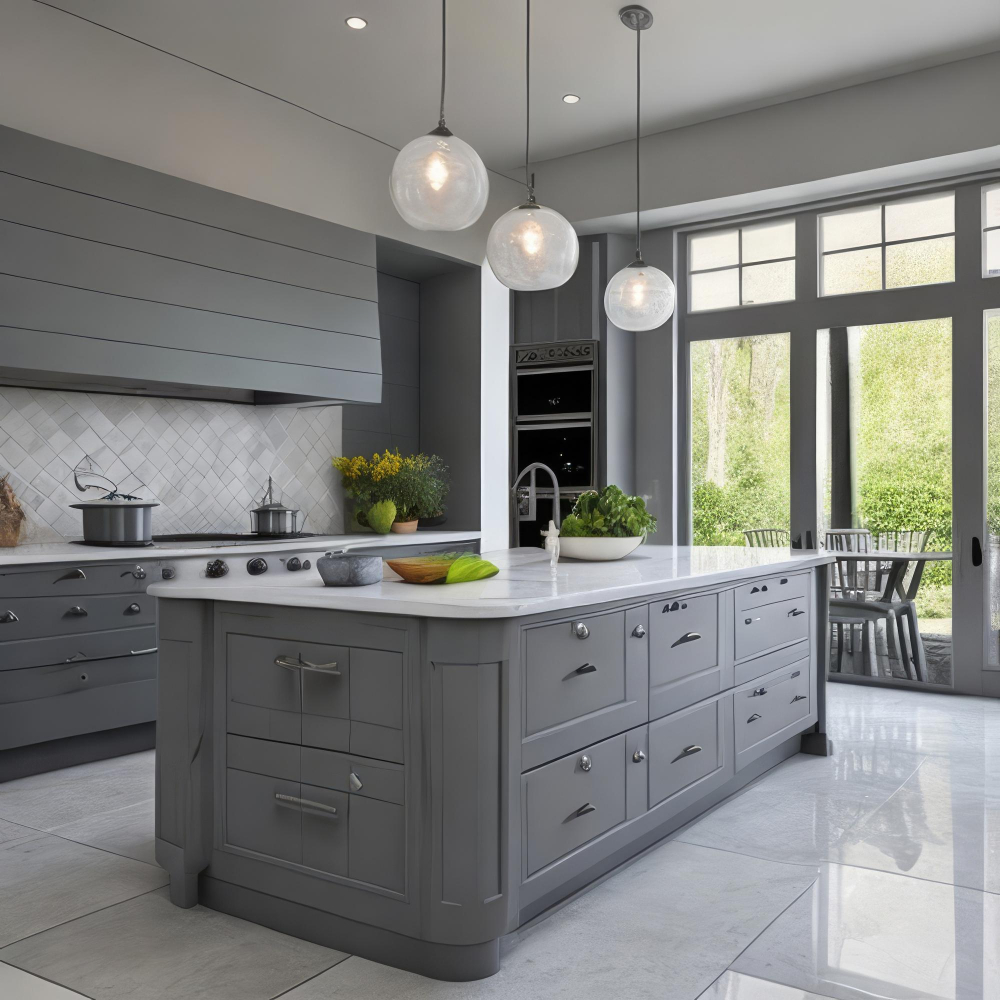
Halogen bulbs emit a significant amount of heat, which can be problematic in small kitchens or areas with poor ventilation. This excess heat can also cause discomfort while cooking or dining, especially during the summer months.
On the other hand, LED bulbs produce very little heat and are much cooler to the touch than halogens. This makes them ideal for use in confined spaces where temperature control is crucial.
In addition to being more comfortable, LEDs’ low-heat output also means they’re less likely to damage surrounding materials such as cabinets or countertops due to prolonged exposure.
If you want a cool and comfortable kitchen environment without sacrificing brightness levels or energy efficiency – then LED lights may be your best bet!




